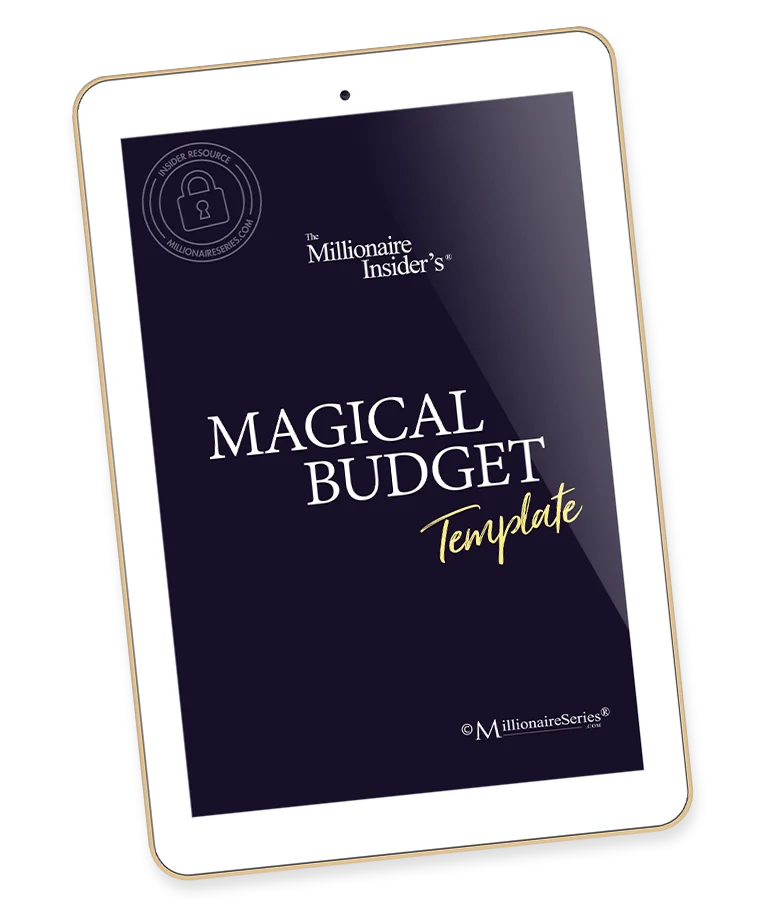One thing I know for sure is that one of the fastest ways to undermine a secure retirement plan is failing to prepare for unexpected healthcare costs, specifically long-term care. And, one of the most overlooked—and misunderstood—solutions to this risk is hybrid long-term care insurance. Today, we’re going to share insights on this commonly overlooked solution.
If you’re age 50 to 65 and want to protect your assets, reduce financial stress, and create peace of mind as you approach retirement, this article is for you.
Why Long-Term Care Is a Real Threat to Retirement
Most people don’t spend their days thinking about how they will pay for long-term care. They wait until they have a problem, and then panic.
Statistics tell us that nearly 70% of people over age 65 will require some form of long-term care during their lifetime. That means there’s a high probability you, your spouse, or your parents will need to cover the cost of long-term care.
Traditional health insurance or Medicare doesn’t cover long-term custodial care, which includes help with daily activities like bathing, dressing, or eating.
A private room in a nursing home can easily run $100,000 a year or more. Multiply that by several years, and it can wipe out even a well-funded retirement plan.
So, what’s the solution? While there are a variety of options, many of the traditional options were a “use it or lose it” plan. As a result, insurance companies have created a hybrid long-term care insurance that has become very popular over the last several years.
What Is Hybrid Long-Term Care Insurance?
Hybrid long-term care insurance combines two products into one: life insurance or an annuity + long-term care benefits.
Unlike traditional long-term care insurance—which is “use it or lose it”—a hybrid policy provides benefits whether or not you need care.
If you use the long-term care benefit, great. If not, your heirs receive a death benefit (from a life insurance hybrid), or you can use the accumulated value for other needs (from an annuity hybrid).
In other words, your money isn’t wasted. And that is a game-changer for many people.
Why People Love Hybrid LTC Policies
Most people want three things:
- A plan they can count on. They want to know they’ll have enough money to last their lifetime, even if health costs rise.
- A way to replace their paycheck in retirement. Whether single or married, they’re looking for guaranteed income streams.
- Peace of mind. They don’t want to worry about being a burden to their kids or going broke if they need more money for unexpected expenses.
A hybrid long-term care insurance can supplement all three goals.
When we sit down and run the numbers, clients often breathe a sigh of relief. One woman told me, “Knowing this policy will cover care if I need it and leave something for my daughter if I don’t, is a great feeling.”
Key Benefits of Hybrid Long-Term Care Insurance

Let’s walk through the features of these policies:
1. Guaranteed Coverage
You know exactly what benefits you’re buying—and they won’t disappear. Traditional policies can raise premiums or change terms. Hybrid policies are typically fully paid upfront or over a set period, with no surprise premium hikes.
2. Tax-Free Benefits
If you need long-term care, the benefits you receive are typically income tax-free. This can significantly reduce the drawdown on your other assets.
Always check policy details and consult with an expert before purchasing a policy or taking withdrawals from an existing plan.
3. Death Benefit or Account Value
If you don’t use the long-term care benefit, your heirs receive a death benefit, or you access the cash value for other retirement needs. It’s a win-win.
4. Flexibility
Some hybrid policies allow for partial withdrawals or can be tailored to your specific planning goals—whether you want a larger death benefit or more robust care coverage.
Who Is a Good Candidate?
Hybrid long-term care insurance is especially suited for:
- Individuals and couples between the ages of 50 and 65
- People with assets they want to protect (especially those without pensions)
- Those who dislike the “use it or lose it” nature of traditional long-term care insurance
- Individuals who want tax-efficient legacy planning
You’re a particularly strong candidate if you have a lump sum from savings, a CD, or a cash value life policy that isn’t doing much for you. You can reposition this asset into a hybrid long-term care policy to better align with your goals and objectives.
Real-Life Example
Paul and Sally are in their early 50s and are preparing to retire within the next 15 years. They have two adult kids and own their home. While they have significant assets, they wanted additional coverage for long-term care.  They chose to fund the premium with a lump sum of $100,000, which offered an initial death benefit of $180,000 that ultimately reduced to $135,752. Their coverage provided a benefit of 5.6% ($5,600) of their premium, increasing to a 14.56% ($14,560) return at age 80 over the 6-year duration of the contract.
They chose to fund the premium with a lump sum of $100,000, which offered an initial death benefit of $180,000 that ultimately reduced to $135,752. Their coverage provided a benefit of 5.6% ($5,600) of their premium, increasing to a 14.56% ($14,560) return at age 80 over the 6-year duration of the contract.
In addition, they had
- A death benefit if not used
- Liquidity if they needed to withdraw some or all their money (the surrender value was $70,000 for the life of the contract)
While the average need for long-term care services is 3 years, they elected to double that to 6 years.
Now, they feel more confident that they won’t end up depleting their retirement accounts. And their kids won’t be left scrambling if care is needed.
Cautions of Hybrid Plans
While hybrid LTC insurance offers many benefits, it’s not one-size-fits-all. Here are a few important things to keep in mind:
- A higher upfront cost. These policies often require a lump sum or payments over 5–10 years. However, remember that you’re getting several years or lifetime coverage, or a death benefit, in return.
- The underwriting process. You need to qualify medically, though it’s often easier than with traditional LTC insurance.
- The cost. Not always the best fit for younger individuals or those with limited savings. Hybrid policies are best suited for individuals who already have assets set aside for long-term security and want to leverage those assets efficiently, thereby reducing the burden of funding the entire cost of care if needed.
That’s why it’s essential to work with a qualified advisor who understands both your life goals and your financial picture.
Click here if you need support.
Is Now the Right Time?

The best time to secure long-term care coverage is when you’re still healthy. Premiums increase with age, and once your health changes, your options narrow.
I encourage my clients to start considering long-term care planning around age 50-55. That gives you the best chance at qualifying for coverage—and gives your plan time to grow before you need it.
Your Next Step
If you’re ready to create a plan, ask yourself:
- Do I have a strategy to pay for long-term care if I need it?
- Am I protecting my spouse from financial risk?
- Is there a way to use my existing savings to do more?
If the answer to any of these is “no,” it’s time to create a plan. If you need support, start here:

Final Thought: Hybrid Long Term Care Insurance – Plan Now, Relax Later
Retirement isn’t just about money. It’s about having the confidence and freedom to enjoy your life. A hybrid long-term care insurance can help you do just that.
There are always pros and cons to each type of policy, and some people elect to purchase a traditional and a hybrid plan. Take the time to get informed so you can make the best decision for you and your family.
You’ve worked hard. You deserve to feel secure.
Let’s create your plan—together.
Disclosure
TheMillionaireInsider.com® copyrights all materials and intellectual property.
This information is for educational purposes only. It is not intended to replace the advice of any advisor or specialist, nor to provide investment, financial, tax, retirement, planning, or healthcare advice.
Always consult with a qualified professional before making any financial decisions or changes.

